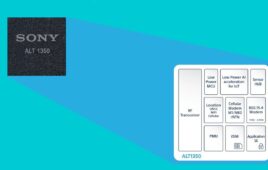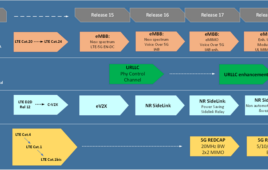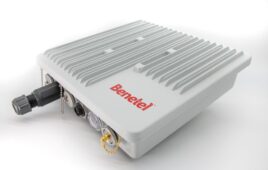Apple was the largest OEM buyer of semiconductors in 2010, spurred largely by booming demand for the iPhone and iPad, according to research released today by IHS iSuppli.
Apple in 2010 bought $17.5 billion worth of semiconductors, a 79.6 percent increase from $9.7 billion in 2009. That increase represented the highest rate of increase among the world’s Top 10 OEM semiconductor buyers, allowing Apple to rise up two positions to take the top spot in 2010.
In 2009, Apple was the third-largest semiconductor purchaser, behind Hewlett-Packard and Samsung; it was sixth in 2008.
“[The iPhone and iPad] products consume enormous quantities of NAND flash memory, which is also found in the Apple iPod. Because of this, Apple in 2010 was the world’s No. 1 purchaser of NAND flash,” wrote Wenlie Ye, analyst for HIS, in a report.
IHS said Apple is likely to continue increasing its semiconductor spending during the coming years at an above-average pace, allowing the company to extend its lead over Hewlett-Packard, Samsung and other OEMs in 2011 and beyond. In 2011, Apple’s semiconductor spending is expected to exceed that of Hewlett-Packard by $7.5 billion, up from $2.4 billion in 2010.
While Apple and HP will both remain big buyers in the semiconductor market, IHS says the two companies are using them for very different applications. Apple’s increased buying of semiconductors has been driven largely by the popularity of tablets and smartphones, while HP spent 82 percent of its semiconductor budget on semiconductors for desktops, notebooks and servers, sales of which have lagged in recent years behind mobile products.




